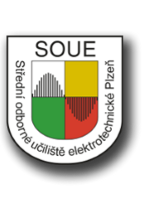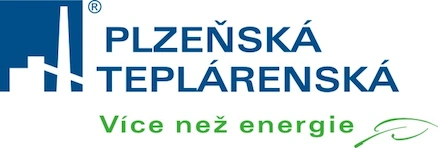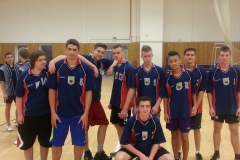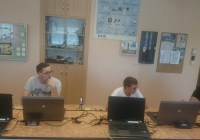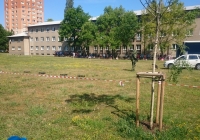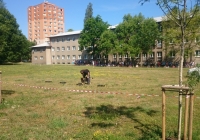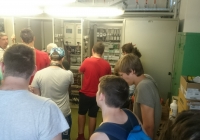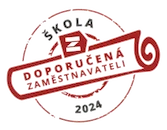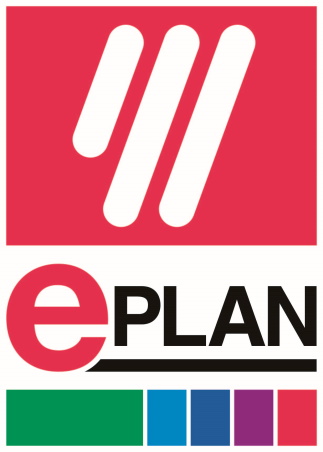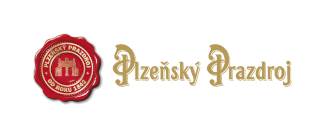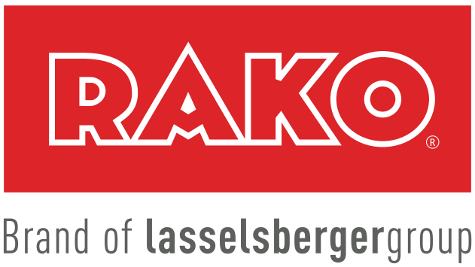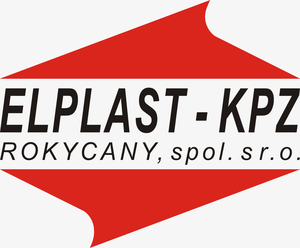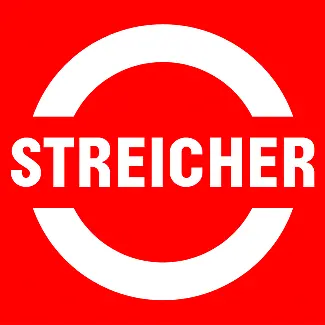Erasmus+ Programme – Strategic Partnership
Project Nr: 2017-1-CZ01-KA219-035417
Event host organization: Centro de Enseñanzas Greguerias Sociedad Cooperativa Andaluza, San Sebastian, Spain
Report of the learning activity C2 in Spain
1st day March 4, 2018
All groups (Poland, the Czech Republic, Romania; Italy finished the project) arrived and were accommodated – teachers at the hostel and students at host families.
2nd day March 5, 2018
In the morning we were welcomed by Spanish teachers and students in a big classroom. Our project week was officially commenced.
The first activity we shared together was national dances. Students from each school prepared and performed their typical dances. They also invited other students to join. In the end everybody was dancing.
Our next task was to choose logo for our project. We all were voting for the most interesting one. Eventually Romanian logo was the best.
That day we had lunch at school which was prepared by Spanish parents. We could enjoy typical Spanish cuisine.
Spanish students also had different presentations. The topics included – my town, Spanish recipes, open air museums and educational system.
We spent the afternoon sightseeing in Fernan Ňunéz. We were walking along typical narrow streets towards the centre of the town. Fernan Nuñez is located 30km from Cordoba capital. The town is located in an area rich in archaeological remains, from paleolithic to Roman – it is built on the site of the Roman town of Ulia. Later, in Arab times, it was part of the Uliyat Qy¡uanbaniya district, until 1240, when the Christians conquered the area. Its geographical setting is known as the Campiña Sur (Southern Flatlands).
Fernan Nuñez is named after a soldier in Fernando III’s army, who seized one of the town’s defensive towers when recapturing it from the Moors in the 13th century; its ruins can still be seen in the Ducal Palace, which boasts a most unusual feature. A number of canons were captured from the ship of an English admiral, Robert Blake, when he besieged Cadiz in 1657, by the 3rd Duke of Fernan Nuñez, Fleet Commander of the Andalucian Coast. These are now embedded in the tower’s wall and used, rather incongruously (probably the intended effect), as waterspouts. Its terraced gardens, the Parque Llano de Fuentes, boast a 17th-century fountain called Los Caños Dorados. Fernan Nuñez’s other important monuments are the church of Santa Marina de Aguas Santas, which dates from the 18th century; the Hospital de Caridad (16th century), the Calvary shrine (18th century) and the Santa Marina statue (19th century).
After the visit Santa Marina church, we went to the townhall, where we were welcomed by the mayor.
3rd day March 6, 2018
After breakfast we visited Olive Oile Cooperative, where the olive oil is produced. We learnt about the whole process how to make olive oil. In the end of our tour we could buy and also taste fresh olive oil.
After that we walked to the Ethnografical Center, which is located on the other side of Fernan Ňunez. Our tour guide explained us how people in the past used to work on their fields and what kind of tools they used to have.
After lunch there was time for some sport activities. We were divided into two mixed groups and then competing in four different disciplines. Students had to use strategies in their groups in order to win. Most of them forgot they had known only little English and it seemed nobody had problems with communication. Everybody was having fun.
Then we all returned back to school, where three different workshops were prepared for students. All students were divided in three teams. The first task was to make new soaps, then in another classroom the teams filled the bags with different herbs and the last task was to prepare dough and fry delicious cinnamon rings. The groups swapped their places in order to try all three tasks. Everybody enjoyed the teamwork and our final products looked really nice.
4th day March 7, 2018
On Wednesday we got up really early, got on the bus and travelled to Grenada to visit famous Alhambra which is a palace and fortress complex located near the city centre. We enjoyed not only nicely decorated rooms but also a nice view. The Alhambra was so called because of its reddish walls (in Arabic, («qa’lat al-Hamra’» means Red Castle). The Alhambra is located on a strategic point, with a view over the whole city and the meadow (la Vega), and this fact leads to believe that other buildings were already on that site before the Muslims arrived. The first historical documents known about the Alhambra date from the 9th century and they refer to Sawwar ben Hamdun who, in the year 889, had to seek refuge in the Alcazaba, a fortress, and had to repair it due to the civil fights that were destroying the Caliphate of Cordoba, to which Granada then belonged.
The castle of the Alhambra was added to the city’s area within the ramparts in the 9th century, which implied that the castle became a military fortress with a view over the whole city. In spite of this, it was not until the arrival of the first king of the Nasrid dynasty, Mohammed ben Al-Hamar (Mohammed I, 1238-1273), in the 13th century, that the royal residence was established in the Alhambra. This event marked the beginning of the Alhambra’s most glorious period.
5th day March 8, 2018
This day we spent in the historical city Cordoba. The first part of the day we saw the historical centre and university. We were acquainted with the history of the city.
Cordoba is a city in Andalusia, southern Spain, and the capital of the province of Córdoba. It was a Roman settlement, then colonized by Muslim armies in the eighth century. It became the capital of the Islamic Emirate, and then of the Caliphate of Córdoba, including most of the Iberian Peninsula. Córdoba consisted of hundreds of workshops that created goods such as silk. It was a centre of culture and learning in the Muslim golden age. Caliph Al Hakam II opened many libraries in addition to the many medical schools and universities which existed at the time, making Córdoba a centre for education. During these centuries it became the centre of a society ruled by Muslims, in which all other groups had a second-class status. It was recaptured by Christian forces in 1236, during the Reconquista. The historic centre was named a UNESCO World Heritage Site.
During the second part of the day we visited Great Mosque of Córdoba.
From 784 – 786 AD, Abd al-Rahman I built the Mezquita, or Great Mosque, of Córdoba, in the Umayyad style of architecture with variations inspired by indigenous Roman and Christian Visigoth structures. Later caliphs extended the mosque with more domed bays, arches, intricate mosaics and a minaret, making it one of the four wonders of the medieval Islamic world. After the Christian reconquer of Andalusia, a cathedral was built in the heart of the mosque, however much of the original structure remains. It can be found in the Historic Centre of Córdoba and is a recognized World Heritage Site.
We also visited the Arqueological and Ethnografical museum in Córdoba which is a provincial museum located near the Guadalquivir River. The museum was officially opened in 1867 and shared space with the Museum of Fine Arts until 1920. In 1960, the museum was relocated to the Renaissance Palace of Páez de Castillo where it remains to present day. The Archaeological and Ethnological Museum has eight halls which contain pieces from the middle to late bronze age, to Roman culture, visigothic art, and Islamic culture.
In the evening we had the possibility to meet all the teachers and other staff from the school and host families at the goodbye dinner party. It was a great experience – during the week students, teachers, parents became friends – we all communicated in English. We shared our traditions – typical food and drinks, traditional dances from all countries we combined with modern ones.
6th day March 9, 2018
In the morning we spent with the evaluation of the meeting in Spain. We all teachers and students filled in the questionnaire.
Than we continued to the last step of our program in Spain and went to see another open-air museum Medina Azahara (literal meaning “the shining city”) is the ruins of a vast, fortified Arab Muslim medieval palace-city built by Abd-ar-Rahman III (912–961), the first Umayyad Caliph of Córdoba, and located on the western outskirts of Córdoba, Spain. It was an Arab Muslim medieval town and the de facto capital of al-Andalus, or Muslim Spain, as the heart of the administration and government was within its walls.
Built beginning in 936-940, the city included ceremonial reception halls, mosques, administrative and government offices, gardens, a mint, workshops, barracks, residences and baths. Water was supplied through aqueducts.
The main reason for its construction was politico-ideological: the dignity of the Caliph required the establishment of a new city, a symbol of his power, imitating other Eastern Caliphates.
The complex was extended during the reign of Abd ar-Rahman III’s son Al-Hakam II (r. 961-976), but after his death soon ceased to be the main residence of the Caliphs. In 1010 it was sacked in a civil war, and thereafter abandoned, with many elements re-used elsewhere. Its ruins were excavated starting from the 1910s. Only about 10 percent of the 112 hectares have been excavated and restored, but this area includes the central area, with “two caliphal residences, with associated bath complexes, two aristocratic residences, and service quarters … spaces associated with the palace guard; some large administrative buildings … the extraordinary court complex presided over by the reception hall … the great garden spaces, and just outside this area, the congregational mosque”.
A new museum on the edge of the site has been built low, with much of the space underground, to minimize disruption to the views of the landscape from the ruins, which are also beginning to be affected by modern housing.
After visiting this museum, we said goodbye to each other and Romanian and Polish groups returned to their home countries.
7th day – 8th March 10 – 11, 2018
The Czech group stayed till March 11 because of the flight connection. Czech group stayed in the capital city Madrid and continued with the aim of the project individually. We saw main Madrid sights and also visited the The Museo Naval de Madrid — in English, Naval Museum of Madrid. It is a national museum in Madrid, Spain. It shows another important Spanish tradition – the history of the Spanish Navy since the Catholic Monarchs, in the 15th century, up to the present. The displays set naval history in a wide context with information about Spanish rulers and the country’s former colonies. The collections include navigation instruments, weapons, maps and paintings.
Thanks to Spanish teachers who organized their project week really well we could enjoy our stay a lot. Not only the interesting programme but also living by hosting families was a great and new experience for our Czech students. They were all on friendly terms with their “new parents” and they still are in touch with their Spanish friends.
Enclosures:
Program of the activity
Participating lists
Confirmation of the attendance
Power point presentations – Spanish system of education, the school, open – air museums in Spain, traditional Spanish meals – recipes
